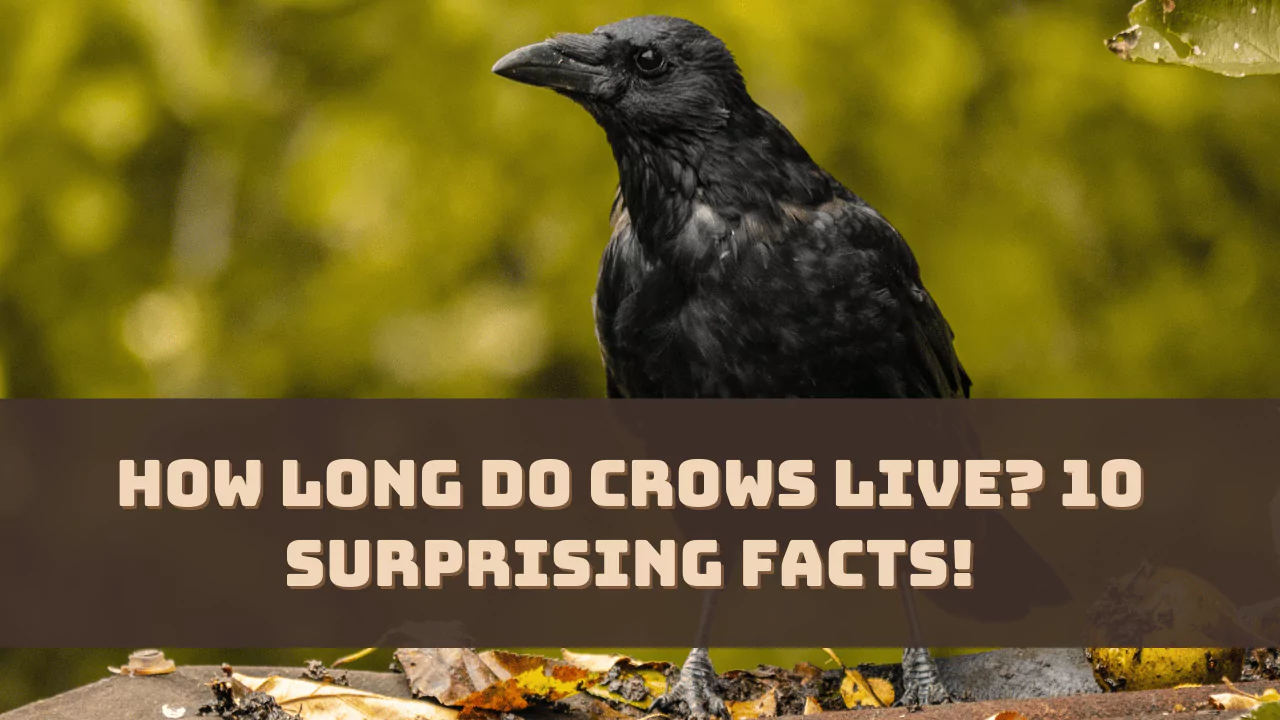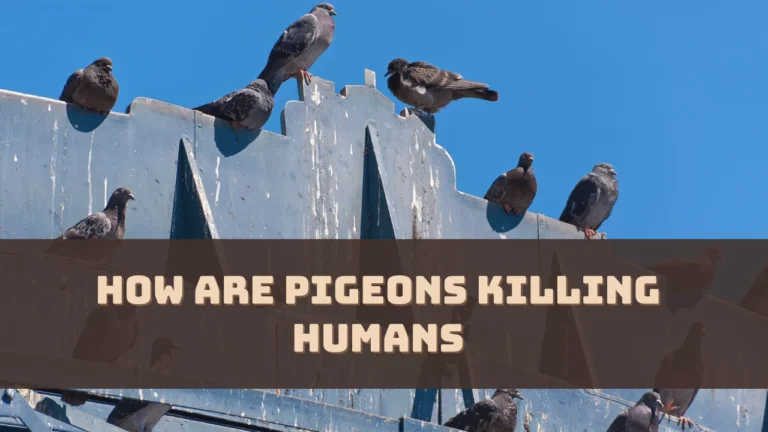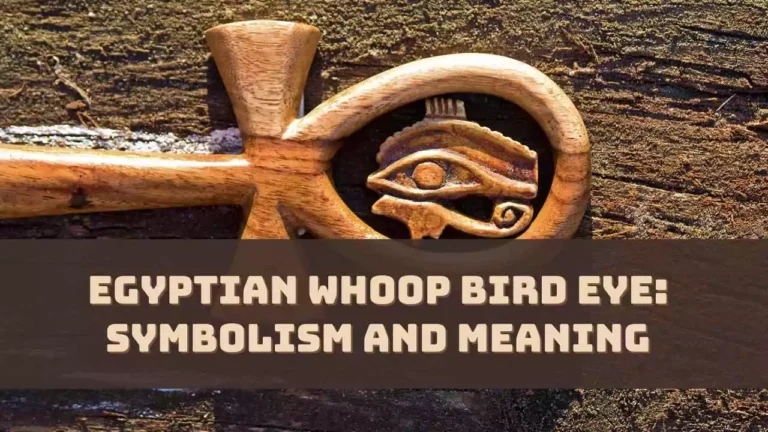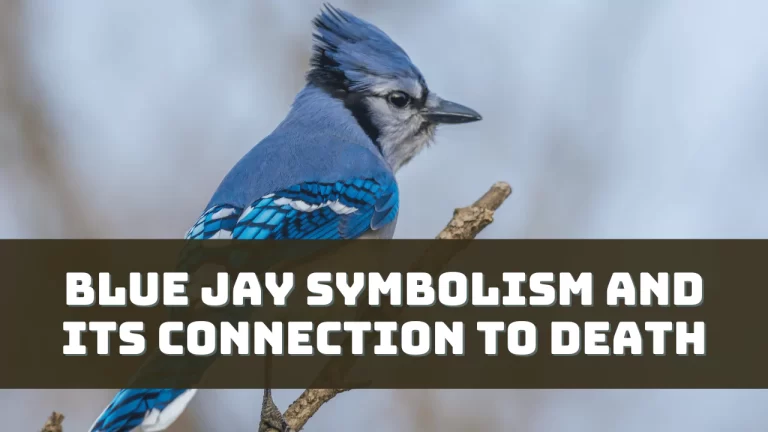The American crows have an average lifespan of 7 to 8 years in the wild, which can vary depending on the availability of resources, disease, and human intervention. Nevertheless, some research studies suggest that specific individuals could live as long as 15 to 20 years in certain regions. With proper care and nutrition in captivation environments like zoos or wildlife sanctuaries, crows can outlive the average life expectancy of 20 to 30 years. Nevertheless, their life expectancy will still be affected by the availability of food and water.
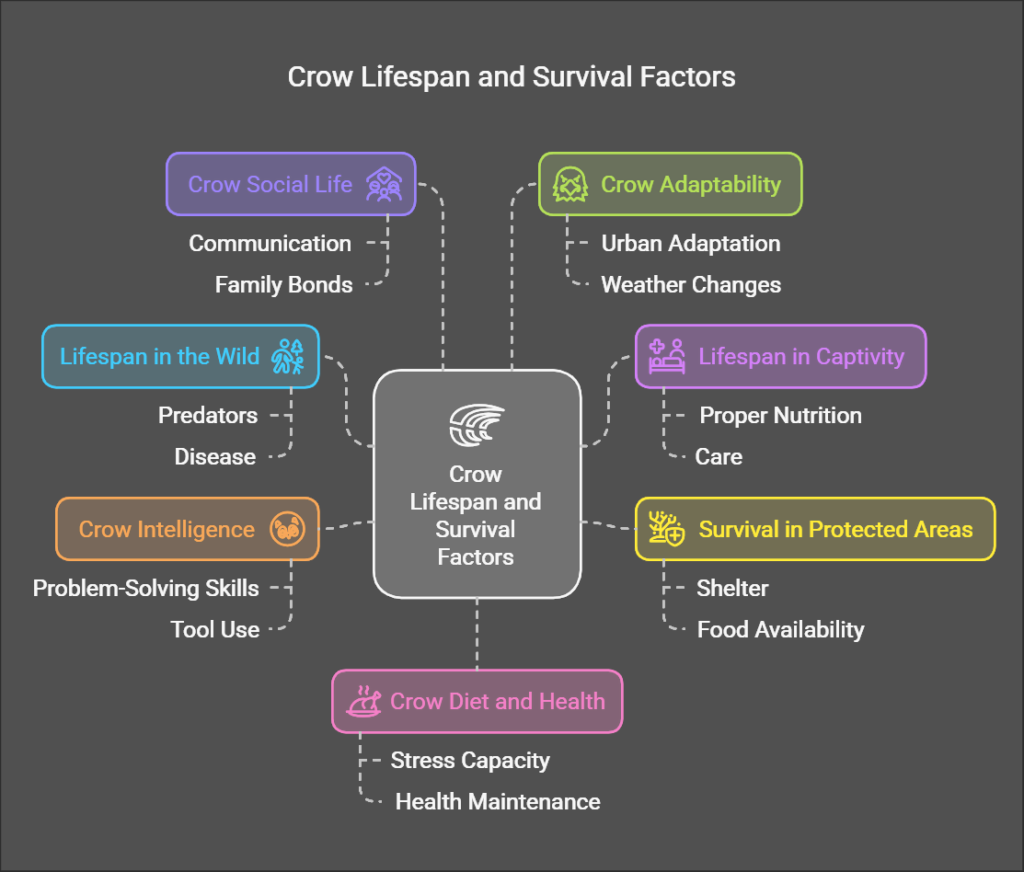
Fact 1: Lifespan in the Wild
Crows in the wilderness typically do not live more than 7 years due to the many factors nature throws their way, such as predators, disease, and weather. These birds are required to hunt for food, protect their territory, and raise their young, making their lives more challenging. After researching a variety of crows with different living conditions, scientists concluded that crows living in controlled environments have a better quality of life. This shows how, at times, natural life can be cruel, and surviving is problematic because it requires so many elements. Life for a crow in the wilderness is working diligently against nature.
Fact 2: Lifespan in Captivity
Crows can live as long as 20 years in captivity or a protected region. In certain places like rehab facilities or sanctuaries, most animals receive proper, nutrition, care, and medication, which helps with their longevity. Being in captivity does not always mean that animals are kept in small enclosures; it can also mean a life devoid of greater danger with a constant food supply. Research indicates that the average lifespan of a crow can drastically improve if it is taken out of its natural habitat. This statement shows that the life expectancy of a crow is majorly dependent on the factors surrounding it or that shielding them from external threats can enhance their lifespan.
Fact 3: Survival in Protected Areas
Crows that inhabit parks, nature reserves, and other protected areas tend to outlive their counterparts due to better survival chances. These regions are less hostile and more predictable than other natural terrains. In these regions, the birds have adequate shelter and food availability. The researchers point out the guarded areas, suggesting that bird life is healthier and longer due to these regions’ protection. The birds also benefit from a community that lowers the chances of being attacked by a predator. This shows that untouched nature reserves can provide crows with an environment that allows them to flourish more remarkably than the unforgiving wild settings.
Fact 4: Crow Intelligence
Crows have proved to be one of the smartest birds, showcasing high intelligence not only through problem-solving skills but also being able to use tools creatively. Their intelligence sets them apart from other creatures as they can create, use, and remember faces from the past, which is a difficult skill. Crows have been known to use their intelligence to learn how to escape from problems. This type of learning enhances and maintains survival, helping them discover new ways to ensure their health and safety in a changing world. The study suggests that crows had molded their life around the thought that intelligence is much more helpful than physical strength when surviving.
Fact 5: Crow Social Life
Crows are social birds that inhabit larger colonies where they forge close relationships with one another. They can use various calls alongside their body language to communicate and help keep one another safe. Crows have many distinct calls that allow them to warn each other of danger. Group living also simplifies some processes, such as foraging and provisioning of the young ones. Their communities are structured so that older crows can pass on essential life skills to the younger members. Such social support decreases the likelihood of a solitary crow getting caught in a precarious situation. Living in communities ensures mutual aid, which is evident in how crows construct their social systems.
Fact 6: Crow Family Ties
The social organization of crows is quite remarkable. Crows are known to build nests, raise their chicks, and retain family units for extended periods. Parents instruct their chicks on foraging, self-defense, and safe locations for resting. These groups are supported by social bonds crucial for avian youngsters to be nurtured by knowledgeable older birds. As a species, the crows can survive due to well-developed family structures that provide guidance and education. The assistance provided by family members indicates that crows appreciate strong relationships that promote the family’s welfare.
Fact 7: Crow Adaptability
Crows are remarkable birds that can live in a variety of habitats. They do well in changing weather conditions, varying food sources, and even in populated regions. Their movement towards and use of diverse food resources indicates high adaptability. Studies suggest that crows can adjust to life in urban centers with a completely different food and housing context from rural towns. Adaptability makes them capable of tackling problems other species would find challenging. It shows that crows have devised strategies to be flexible and accept change in the biological and ecological centers.
Fact 8: Crow Diet and Health
Not only does a crow consume various foods, which aid in maintaining good overall health, but they also have a unique eating pattern. Crows eat grains, fruit, small insects, and occasionally carrion if food is bountiful. Sharp wit is necessary for survival in different ecosystems, so clear bodies and minds are essential to maintain. With increased food accessibility, a crow’s ability to live longer increases. Research indicates that a crow’s diet impacts their lifespan and capacity to undergo stress. Thus, it can safely be assumed that proper nutrition is paramount for any living creature- crows included- for health and longevity.
Fact 9: Crow Myths and Reality
Crows are central to many tales and myths, often associated with negative omens and, to some extent, revered for their wisdom. However, scientific data tells a different story. Some say crows are good at bringing bad luck, but their survival skills tell a different story. These birds have cleverly adjusted to their environment and the ever-changing world. Their intelligence makes these legends intriguing. Understanding the reality of crows clarifies what these brilliant birds do in the ecosystem while proving that the old dumb myths are baseless. This emphasis is crucial when studying the behavioral ecology of animals.
Fact 10: Crow Behavior in Nature
Crows display diverse behavior that acts as an aid to their survival in the ecosystem. They collaborate to feed, defend their habitats, and relay messages concerning threats. Studies conducted in nature suggest that crows are keenly aware of their surroundings and swiftly respond to possible threats. They are known to congregate in large flocks, thus increasing their chances of survival as a collective when danger is present. The actions of crows in nature combine instinctive and learned behaviors, indicating their flexibility in the external environment. Hence, it is evident that the external environment modifies the behavior of crows for both individual and collective survival and well-being.
The Oldest Crow on Record
A single case of an American Crow named Tata, who purportedly reached the age of 59, is still unverified and debated among ornithologists. Even if this extreme longevity is improbable, it does emphasize the possibility of crows living exceptionally long lives under ideal conditions.
Conclusion
The facts given in this article illustrate a clear image of crow life. While crows only survive for about 7 years in the wild, they can live up to 20 years in more sheltered regions. Intelligence, social bonds, family relations, and adaptability are central to the survival of these animals. Crows depend on collaboration and meticulous strategizing to succeed in myriad environments. Their broad nutrition and the obstacles they must overcome in the wild make for a very interesting and complex life. No amount of crows’ myths and stories can change the facts that science investigates. Knowing the actual information concerning these birds assists us in understanding how much they matter to nature.

